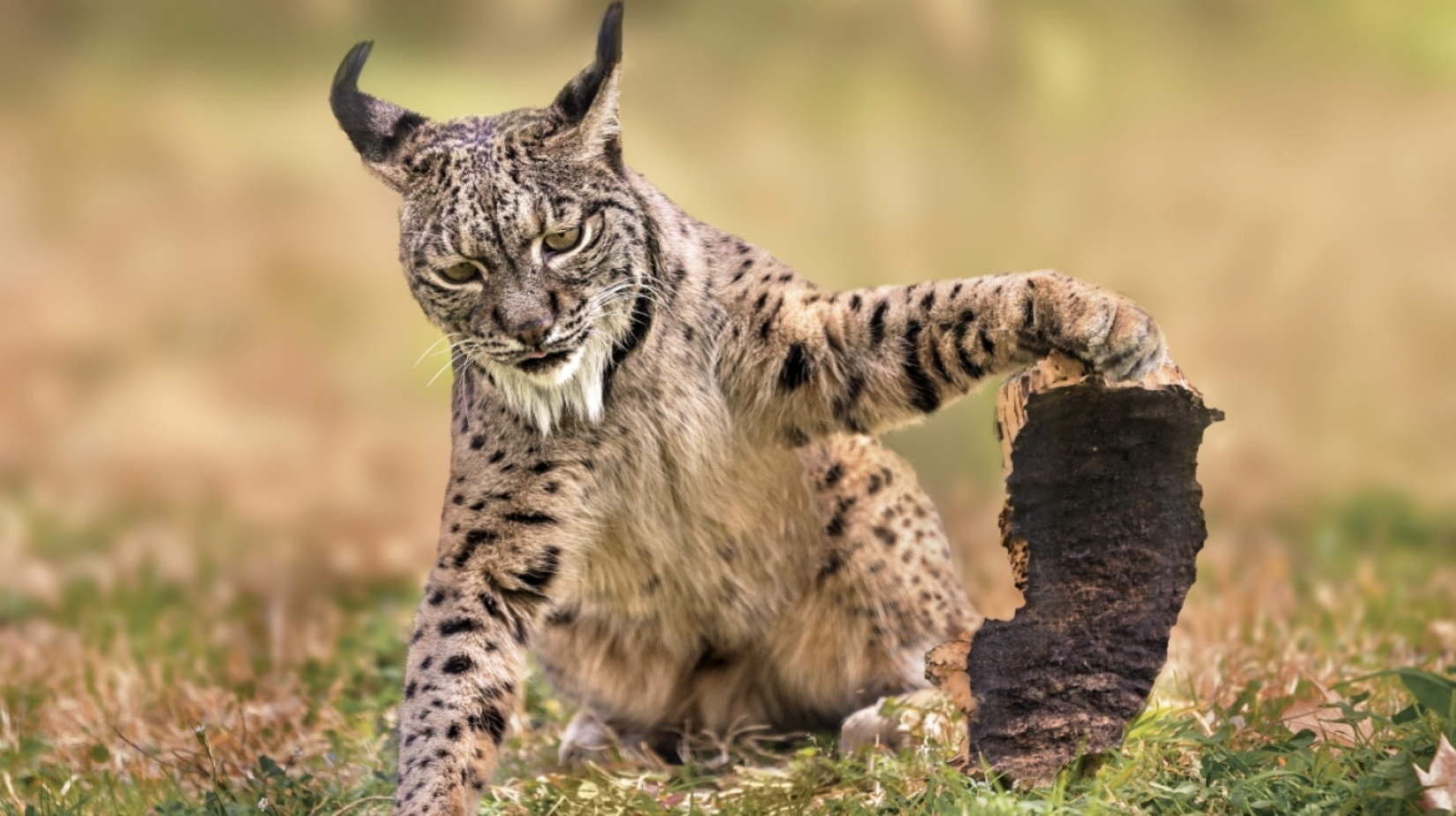The Iberian lynx, once on the brink of extinction, has made a remarkable recovery and is no longer considered critically endangered.
This positive development for the animal kingdom was announced by the International Union for Conservation of Nature (IUCN). The IUCN attributed this success to decades of concerted efforts by the European Union, regional and national governments of Spain and Portugal, as well as various wildlife NGOs and local communities.
About 25 years ago, concerns were high that the Iberian lynx was close to vanishing. However, the latest census reveals a significant population increase, with nearly 86% of the lynxes found in Spain, as reported by The Guardian.
The Iberian lynx population, known scientifically as Lynx pardinus, had plummeted during the 20th century. Thousands were killed due to Franco-era laws aimed at eradicating creatures deemed pests. Additionally, many lynxes disappeared due to the drastic decline in rabbit populations, which make up 90% of their diet, caused by disease, and habitat destruction.
Craig Hilton-Taylor, head of the IUCN Red List unit, credited the recovery to careful, collaborative initiatives aimed at expanding and diversifying lynx populations in various areas, increasing rabbit numbers, and raising public awareness.
The Iberian lynx’s journey from the brink of extinction to recovery is a testament to the power of sustained conservation efforts and cooperation across borders.
Ask me anything
Explore related questions





